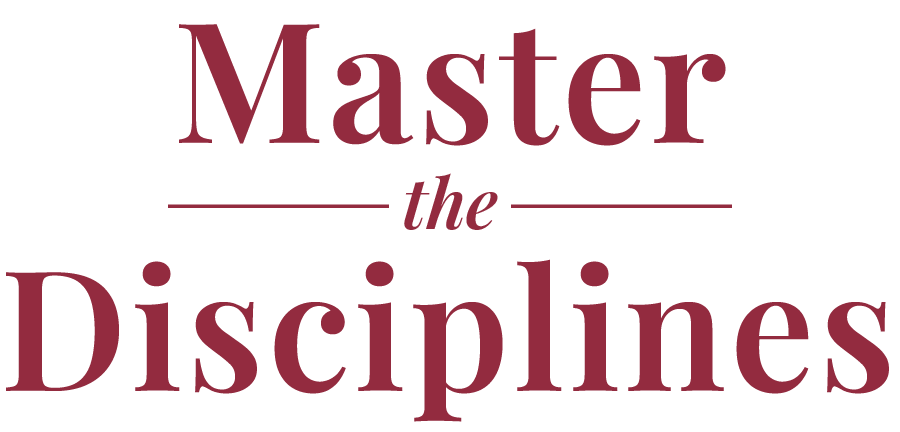The Five Dysfunctions of A Team depicts a fictional group of executives who experienced real transformation. Through a series of offsites and interactions, their team and company went from a point of crisis to a place of maturity and health.
I first read this book over 10 years ago, and since then I’ve worked with many teams to overcome those dysfunctions. I’ve explained all 5 so many times, it seems I could recite them in my sleep. But it’s important as a consultant to stay sharp and fresh. So I picked up a new copy of the book this year and read it cover to cover. As I read, I watched carefully for the inflection points that brought about change and thought about my clients. I thought I might pick up a few new nuggets, but to my surprise, after all these years, I discovered something I had never seen in the story.
While much credit should be given to the entire team for their persistence, it seemed that their leader, Kathryn Petersen, was the real catalyst for change. And the way she brought about this change was easy to miss at first glance. Instead of pushing for change directly or trying to just modify behavior, she took another approach: she managed the tension. Most leaders are tempted to preserve harmony on a team, but that harmony is often artificial and holds a team back from its greatest potential. So every time the tension rose and tried to derail Kathryn’s team, she didn’t just try to ‘solve’ the tension or get it to go away. She ultimately turned the tension into traction and the team achieved great things because of it. Here’s how she did it:
Kathryn diffused tension
There were several points in the story when her team was getting way too introspective and self-conscious about organizational health. So to dissipate this effect, she used simple methods to help the team get unstuck. Here are some examples of how she did this:
- She showed vulnerability and owned up to her own mistakes if called out by a team member. This showed everyone how to be unguarded and unfiltered.
- She created social time for the team (pizza and beer) and allowed them to relax without specific business conversation.
- She avoided the temptation to overreact to team members when they used personal attacks (especially at her directly).
- She allowed the team time to process at their own pace, even if that meant a 15-20 minute tangent during a meeting.
- She knew when to let things slide and make exceptions vs. enforcing every single guideline for the group.
- She often used contrasting to make sure everyone understood her intent (ex. “I’m not here to pound on anyone. I just think we need to get clear on our behaviors as a team.”)
Now, just because she diffused tension, it was not a wholesale way to manage the tension. Not all tension is bad. She just knew when to ‘let it go’ when the tension would not serve the team or its purpose. But when the tension had more substance, she took a very different approach.
Kathryn held tension
As the Leader, she knew it was easy to rescue her team from tense moments and save everyone the awkwardness. But, more than any example I have seen on real teams, she refused to save anyone. It wasn’t about what she did but what she intentionally chose not to do. Notice these examples:
- She refused to take sides when one teammate was biting back at another.
- She let the team vent at times without consequence to just blow off the steam.
- She didn’t force vulnerability when one teammate missed the mark during a team building exercise.
- She allowed time and space for the team to debate with each other vs. everything being directed towards her and her ideas.
- She often held back her own thoughts and allowed the team to speak first.
- She allowed white space in conversations (even up to a minute of painful silence) to allow team members to own their own stuff.
In these examples and more, Kathryn knew that leadership is often more about what we choose ‘not to do’ vs. what we choose to do. And yet she was not passive at all. When the right time came, she was quick to dive in. This leads to the third way Kathryn managed tension.
Kathryn faced tension
Pat Lencioni calls this ‘entering the danger’, and it is definitely a real danger as time, energy, resources, reputation, job security, etc. are all on the line when the heat turns up. But having used her first two methods, these moves came across as very intentional and not sporadic. Like a great soccer player (forgive my biased choice of metaphor), Kathryn seemed to know when to pass the ball around and hold possession vs. when to take risks, attack a seam in the defense and potentially score. Here are some great examples from the book.
- She engaged in a debate with the team about the presence of politics in the organization.
- She called out teammates when they used passive-aggressive non-verbals vs. direct communication.
- She did not sugar coat the process it would take to get healthy. She was explicit with team members about her expectations.
- She directly responded to teammates who crossed the line during team meetings.
- She was direct and vulnerable about a departing teammate and allowed the team time to process the change.
- She reminded the team that ‘having it out’ was a good thing if the debate was about strategy. In fact, she told the team that it was their responsibility to have such debates.
In all these cases, Kathryn showed she could shed fears of reprisal and, for the sake of the business, address the real issues head on. And sometimes, oftentimes, this creates a bit of a mess. But she was careful to take that mess and tension and turn it into something very productive. That leads to the last way Kathryn managed tension.
Kathryn turned tension into traction
Often when a leader is thrown a lot of curveballs, it’s easy to tighten up or even freeze up. Instead, Kathryn beautifully re-purposed negative energy and volleyed it back to the team in the form of provocation, ideas, direction, etc. Here’s some examples of how she did this.
- She asked the proverbial “how’s that working out for you?” type questions after the team tried to convince her back to the status quo.
- When a team member was about to quit, she coached him to be vulnerable with the group which created breakthroughs of trust.
- She rewarded the team for their progress and showed them how their hard work was paying off.
- As a great active listener, she used other team members’ comments and metaphors to drive the conversation. This allowed her to keep them on track without disregarding them if they were getting into unproductive side bars.
- She took challenges to her leadership and redirected it beautifully. A team member threatened that her actions might cause her to lose her job. So, she used that as a great opportunity to remind everyone that her job was not to ‘protect her job’ but to ‘make this company work.’ That foiled attempt to fluster her actually bolstered her position!
- She addressed the most fragile of questions during a time of turnover (ex. a team member asked “am I next?”) and used it as an opportunity to communicate her commitment to the group (she essentially said, “I let this person go so I wouldn’t lose any more of you!”). In one exchange, a potentially divided team becomes more cohesive.
- She constantly used the tough moments to affirm to the team that the process is (by nature) hard, messy, and long. So, these tense moments served as validators that they were indeed making progress vs. backsliding.
The story is one about a team. And when it all comes together, a cohesive executive team is a powerful force, a competitive advantage.
But, I have to admit, after re-reading The Five Dysfunctions of A Team (10 years after my first read), the role of a leader in this process cannot be underestimated. Kathryn Peterson shows that the magic of this role is not to stand at the podium and start orchestrating change like a conductor. This is not Behavior Modification 101. She knew the secret was being a catalyst and managing the tension well.
- She diffused tension with vulnerability.
- She held tension by mining for conflict.
- She faced tension by entering the danger.
- She turned tension into traction by using it to bring greater cohesion and clarity.
And, what’s more, she knew the time and place to choose which path was right for the team.
Yes, Kathryn Petersen is a fictitious character. Sometimes she seems almost supernatural in her ability to manage tension. But I can’t think of a better example I’ve seen. I’m eager to use these principles as I work with leaders for the next 10 years!





0 Comments